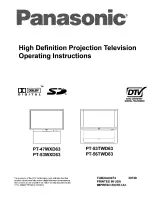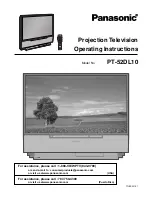
Introduction
1.3 Characteristics
SIPROTEC, 7SD5, Manual
C53000-G1176-C169-5, Release date 02.2011
32
Automatic Reclosure (optional)
• For reclosure after single-pole, three-pole or single-pole and three-pole tripping
• Single or multiple reclosure (up to 8 reclosure attempts)
• With separate action times for every reclosure attempt, optionally without action times
• With separate dead times after single-pole and three-pole tripping, separate for the first four reclosure at-
tempts
• With the option of an adaptive dead time: in this case only
one
device controls the automatic reclosure
cycles whilst at the other end(s) the automatic reclosure solely depends on the
one
controlling device. The
criteria used are voltage measurement and/or the transmitted CLOSE command (Remote-CLOSE)
• Controlled optionally by protection pickup with separate dead times after single-, two- or three-pole starting
Synchronism and Voltage Check (optional)
• Verification of the synchronous conditions before reclosing after three-pole tripping
• Fast measuring of voltage difference U
diff
, of the phase angle difference
ϕ
diff
and frequency difference f
diff
• Alternatively, check of the de-energized state before reclosing
• Closing at asynchronous system conditions with prediction of the synchronization time
• Settable minimum and maximum voltage
• Verification of the synchronous conditions or de-energized state also possible before the manual closing of
the circuit breaker, with separate limit values
• Also measurement via transformer
• Measuring voltages optionally phase-phase or phase-earth
Voltage Protection (optional)
• Two overvoltage stages for the phase-earth voltages
• Two overvoltage stages for the phase-phase voltages
• Two overvoltage stages for the positive sequence voltage, optionally with compounding
• Two overvoltage stages for the negative sequence voltage
• Two overvoltage stages for the zero sequence voltage or any other single-phase voltage
• Settable dropout to pickup ratios for the overvoltage protection functions
• Two undervoltage stages for the phase-earth voltages
• Two undervoltage stages for the phase-phase voltages
• Two undervoltage stages for the positiv sequence voltage
• Settable current criterion for undervoltage protection functions
Frequency Protection (optional)
• Monitoring for underfrequency (f<) and/or overfrequency (f>) with 4 frequency limits and delay times that are
independently adjustable
• Particularly insensitive to harmonics and abrupt phase angle changes
• Large frequency range (approx. 25 Hz to 70 Hz)












































